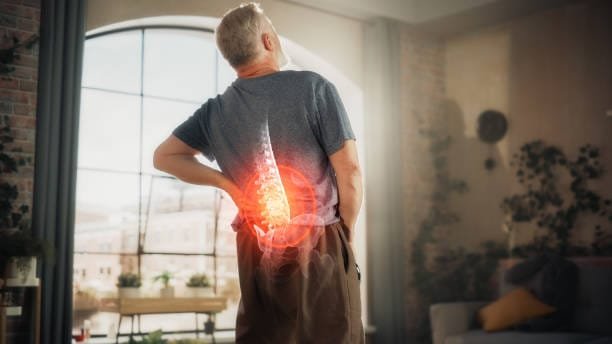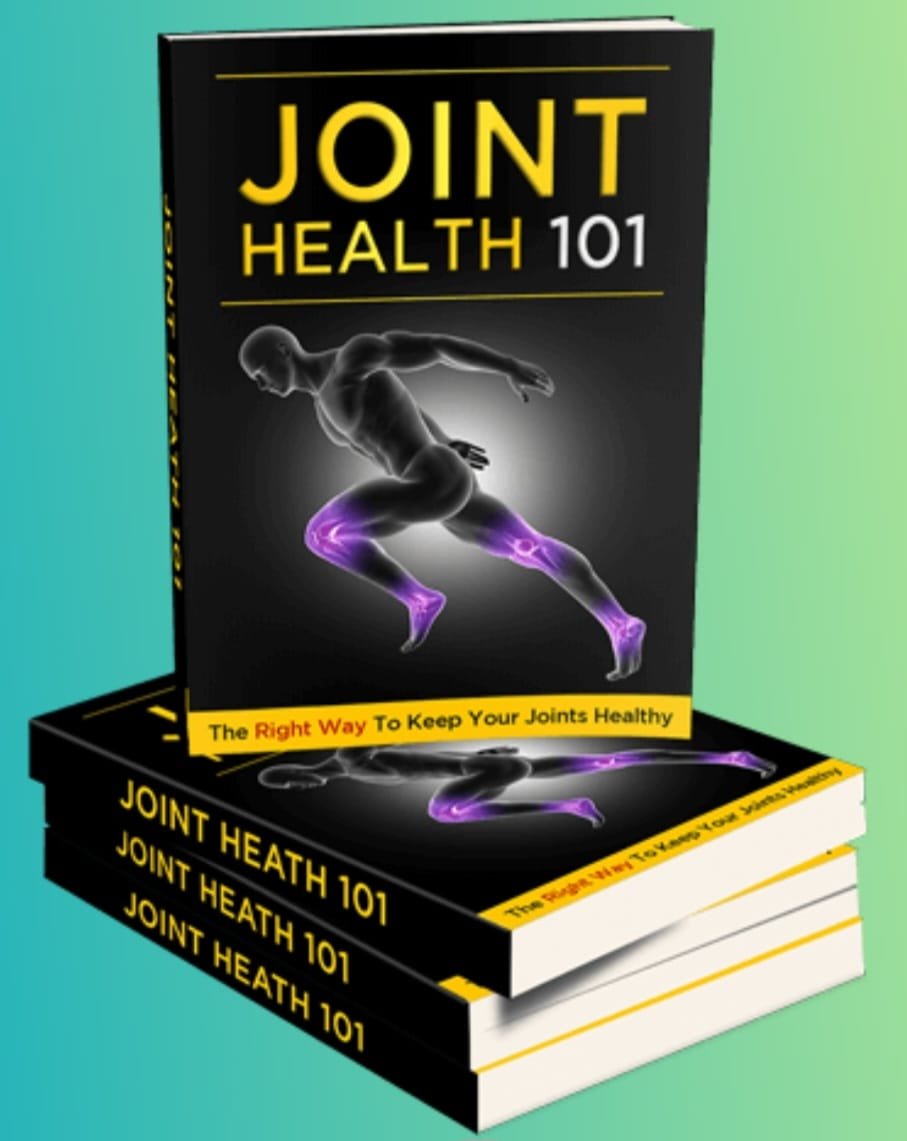The right way to keep your joints
Understanding Joint Health
Table of Contents
Understanding Joint Health
Providing healthy joints is all embedded within the concept of possible physical motion and quality of life. Joints, functionally, are critical aspects of any musculoskeletal systems, providing either movement or immobility to the body; while some joints, like the knees and elbows termed synovial joints, permit nearly free motion, some are limited due to cartilage strength, like the joints between vertebrae of the spinal column. Some of the types of joints are totally important for performing simple daily activities such as walking, running, lifting, and bending.
Good preventive care is important for joint health, as that relates both to physical mobility and quality of life. This includes certain issues linked to joint health: arthritis, bursitis, and tendonitis. Exaggerated motion may also cause pain, welling blended down to a certain degree with limitation of motion. Injuries are one possible cause, others involving chronic overload on the cartilage finish of the bones, and some are genetic. Aging is also a strong determinant for joint functions. Such wear and tear on cartilage is normal and its reduction might also be due to less and less production of synovial fluid worsening the situation and indeed contributing to pain complaints and long-lasting discomfort.
Preventive care is also necessary for joint health. Regular exercise strengthens the muscles nearby joints, while a healthy weight should relieve excessive pressure from those joints. One ought to be sensitive to warning signs, such as persistent pain, stiffness, or swellings. A better quality of life can provide decent monitoring and attentiveness to joint health through a proper care and lifestyle choice as one ages.

Essential Lifestyle Habits for Joint Protection
One of the most effective ways for joint protection is the adoption of a few key lifestyle habits: it can substantially reduce the risk of joint-related problems. A well-balanced diet is necessary for joint health. Include anti-inflammatory foods in the diet-like fish rich in omega-3 fatty acids, leafy greens, nuts, seeds, and berries-to lessen inflammation, which often leads to joint pain. These foods are nutrient-rich and also good for the body, to coalign into combating diseases.
Physical activity, which greatly contributes to joint health besides the intake of food, should be considered. Stretches and exercises should be engaged in to increase flexibility and strength to successfully protect the joint against injury. Swimming, cycling, walking, and other low-impact exercise activities also serve in order to reduce the stress within the joints while not sacrificing exercise activity. Others, such as yoga and Pilates, further stretch, improve balance, and in turn, build the integrity of the joints over time. Another aim when incorporating exercise into daily life is to do at least 150 minutes of moderate aerobic exercise weekly, along with muscle-strengthening activity two or more days a week. Fun exercise that works for an individual unquestionably helps to sustain some motivation.
That sound weight maintenance is another cardinal joint protecting behavior. Excess weight increases the stress on certain weight-bearing joints, particularly the knee and hip joints. Thus, being able to establish these healthy weights for one’s self-given by the interplay of diet and exercise minimizes the weight load on the joint, thus prolonging the life span and enhancing the degree of health in these joints. Simple means include home-cooked meals rich in nutrients, then happy active schedules, or enjoyable exercises. By taking up these strategies, wholesome joints will be fostered, as well as the overall plenitude and quality of life.

Common Joint Conditions and Their Management
Joint health is crucial for maintaining mobility and overall quality of life. Various joint conditions can significantly impair functionality and lead to discomfort. Among these, osteoarthritis, rheumatoid arthritis, and tendinitis are particularly prevalent.
Osteoarthritis is a degenerative joint disease characterized by the breakdown of cartilage, leading to joint pain, stiffness, and swelling. Symptoms often worsen with activity and improve with rest. The primary causes include aging, joint overuse, and obesity, which are significant risk factors. Management strategies for osteoarthritis focus on symptom relief and preserving joint function. Physical therapy can strengthen surrounding muscles and improve flexibility, while medications, such as nonsteroidal anti-inflammatory drugs (NSAIDs), can alleviate pain. In more severe cases, surgical options like joint replacement may be considered.
Rheumatoid arthritis, on the other hand, is an autoimmune disorder that causes the body’s immune system to attack joint tissues. Typical symptoms include painful swelling, joint deformity, and fatigue. The causes of rheumatoid arthritis remain unclear, though genetic and environmental factors play a role, making women more susceptible than men. Management of this condition often includes disease-modifying antirheumatic drugs (DMARDs) that help slow disease progression, along with corticosteroids for inflammation control. Physical therapy is also essential to enhance joint stability and function.
Tendinitis, or inflammation of the tendons, can occur in various joints and is often associated with repetitive motion or overuse. Symptoms generally include localized pain and tenderness around the affected joint. Risk factors include age, certain sports, and previous injuries. Treatment primarily emphasizes rest and physical therapy, with medications to reduce pain and swelling. In persistent cases, alternative therapies like acupuncture may provide relief, and surgery is a last resort if conservative measures fail.
Understanding these joint conditions is vital for proactive management. Early consultation with healthcare professionals can lead to effective strategies tailored to individual needs.

Tips for Staying Active while Caring for Your Joints
It has also been described, however, in further detail, that physical activity is one of the most essential elements that support joint and bone health in people striving to be active. Substantial attention to be given must also be made to the various guidelines that are used to design activities minimizing injuries. Structured and planned procedures including warming up and cooling down prior to activity have been essential to prepare joints and muscles for movement. Gradually picking up the intensity of exercises might very effectively reduce joint stiffness and promote flexibility while protecting joints against an injury.
Respecting individual differences in the practice of various exercises is of utmost importance to this subjection. Improper execution of exercises may, due to lack of awareness, place undue stress on some of the joints, which may or may not cause long-term permanent injuries. Therefore, it is highly recommended to learn the right ways to perform the techniques some trained professional should guide one through; it has been stated that such an approach provides a safer premise for conditioning, one on which exercising is made effective and protective of the joints at once.
When combined with other approaches such as hydration, mobility, and strength training, low-impact exercise represents a prototypical strategy for joint management. The effects of moderate exercise of swimming, cycling, or yoga derive cardiovascular and strength benefits without placing additional stress on joints-that has clean low-impact runners and jumpers receive. Your low-impact activities will allow you to stay fit while protecting your joints.
Listening to the body is most important. One must be tuned in to one’s body signals of discomfort and fatigue as indications for breaks or shifts of various activities in the exercise program. It is great to promote hydration, particularly considering how hydration enhances joint lubrication and increases its action range. Supportive equipment like joint braces and shoes may also influence comfort and injury prevention significantly, drawing up a large spectrum for maintaining an active, healthy lifestyle.


